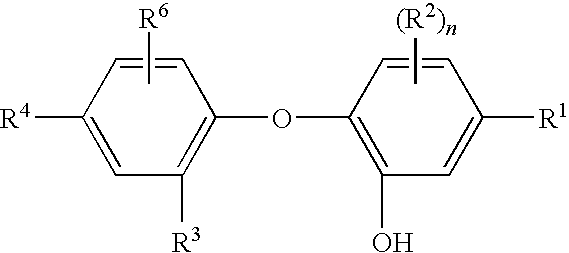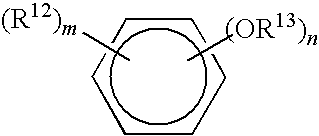Methods of reducing microbial contamination
a technology of microbial contamination and methods, applied in the field of methods, can solve the problems of large number of infections, high incidence of elevated bacteria, and remote cavity
- Summary
- Abstract
- Description
- Claims
- Application Information
AI Technical Summary
Benefits of technology
Problems solved by technology
Method used
Image
Examples
examples
Test Protocols
Urethral Model Antimicrobial Efficacy Test:
[0380]The following method is a test for antimicrobial effectiveness of test compositions on inoculated porcine urethral sections.
[0381]Inoculum Preparation:
[0382]Inoculum was prepared 18-24 hours prior to testing by removing a colony of E. coli, ATCC No. 53500 from stock culture and placing this into 9.0 mL Tryptic Soy Broth (TSB). The inoculated broth was mixed on a Vortex mixer and placed in an incubator at 37° C. overnight. On the day of testing, a 1.0 mL aliquot was removed from the overnight-inoculated TSB and placed into 9.0 mL TSB. This was thoroughly mixed on a Vortex mixer and compared to McFarland Standard No. 0.5 (which represents 108 CFU / mL bacterial growth).
[0383]Urethra Specimens:
[0384]Urethras were harvested from 30-50 kg Yorkshire (farm feeder) pigs (female and male) in an aseptic manner and frozen immediately at −20° C. until use. A section of urethra was thawed slightly prior to testing the treatments to all...
examples 1-6
[0418]Antimicrobial compositions of 250 grams each was were prepared using the components shown in Table 2. The respective antimicrobials: PCMX, Irgasan DP300 (triclosan), lauric acid, or benzalkonium chloride were combined with other components: glycerin, Carbowax 400 and Aerosol OT-75 (or Complemix) in a glass container and heated in an oven at approximately 70° C. Carbowax 1450 PEG was placed in a second glass container heated to its melting point and then added to the first container. The composition was then swirled by hand to mix and then reheated again to 70° C. The composition was allowed to cool on rollers to approximately 40° C. then transferred into jars, and sealed.
[0419]The control samples showed no antimicrobial efficacy in 2.5 min against the test organisms. Those examples, prepared in hydrophilic vehicles, had 2.9 log or greater kill in 2.5 minutes for both MRSA (Gram positive) and E. coli (Gram negative) bacteria. Addition of a lactic acid enhancer to Example 5 impr...
examples c3
, C4, 7-11
[0420]Control Examples C3 and C4, containing no antimicrobial agents, as well as antimicrobial compositions, Examples 7-10, were prepared in amounts of 250 grams each (Example 11 was prepared in an amount of 100 grams) using the components shown in Table 3 for each example. Petrolatum was added to a glass container and heated in an oven to approximately 70° C. All other components were added to a second glass container and also heated in an oven at approximately 70° C. Just prior to mixing the contents of the two containers together, AEROSOL OT75 (where applicable) was first added to the second container. The mixture of all components was then mixed using a high shear rotor / stator Silverson homogenizer on high speed for 1 minute. Mixing was continued at low speed using a Gast overhead air mixer with radial flow impeller until just before the composition congealed at approximately 40° C. The compositions were removed from the mixer, poured into jars, and sealed.
[0421]Exampl...
PUM
| Property | Measurement | Unit |
|---|---|---|
| temperature | aaaaa | aaaaa |
| path length | aaaaa | aaaaa |
| pH | aaaaa | aaaaa |
Abstract
Description
Claims
Application Information
 Login to View More
Login to View More - R&D
- Intellectual Property
- Life Sciences
- Materials
- Tech Scout
- Unparalleled Data Quality
- Higher Quality Content
- 60% Fewer Hallucinations
Browse by: Latest US Patents, China's latest patents, Technical Efficacy Thesaurus, Application Domain, Technology Topic, Popular Technical Reports.
© 2025 PatSnap. All rights reserved.Legal|Privacy policy|Modern Slavery Act Transparency Statement|Sitemap|About US| Contact US: help@patsnap.com



